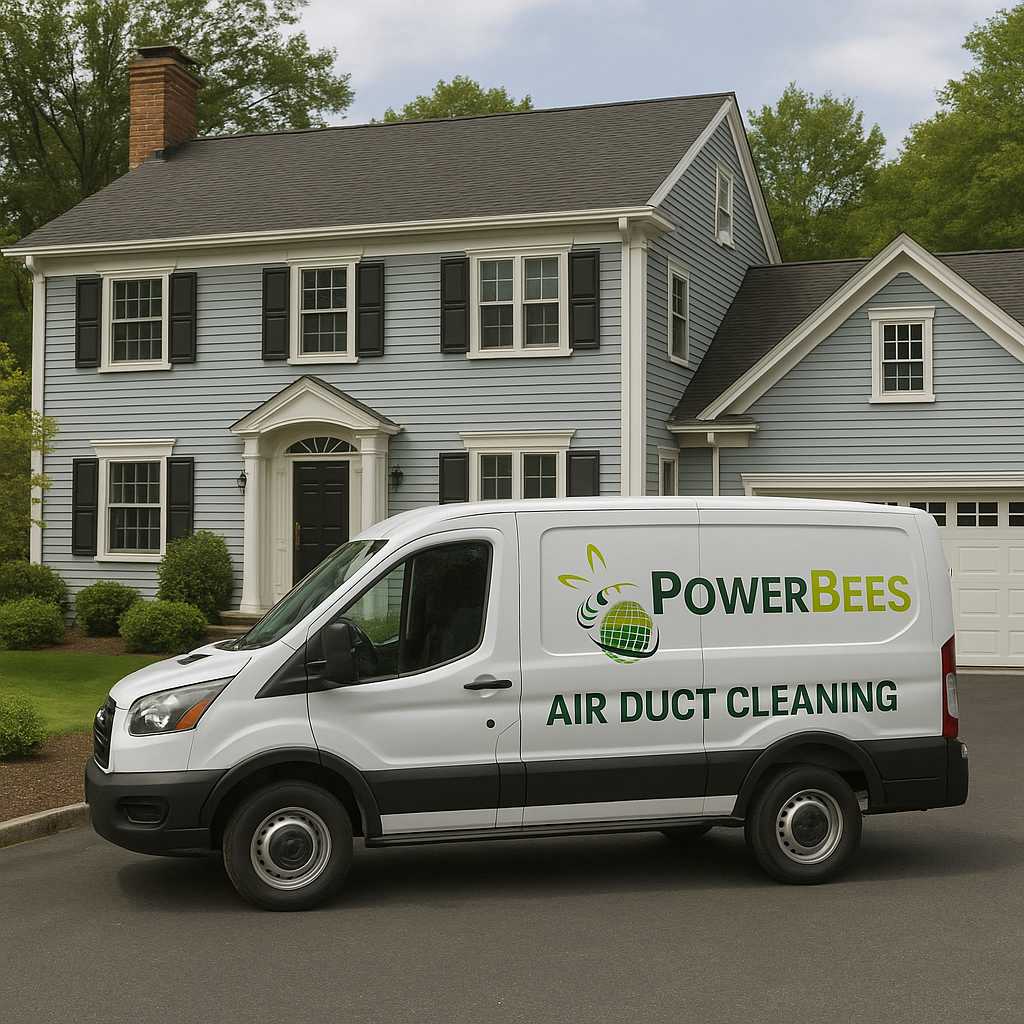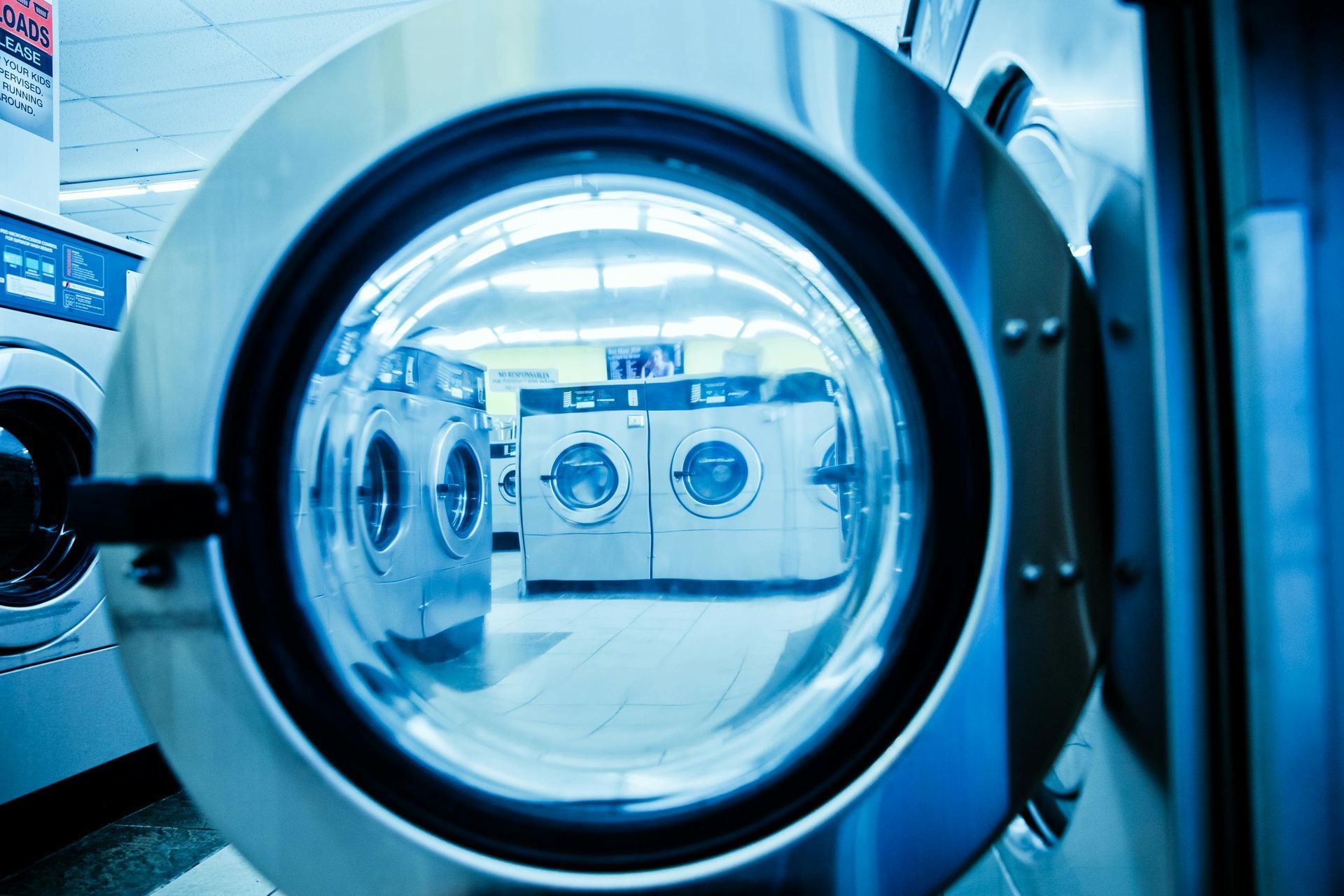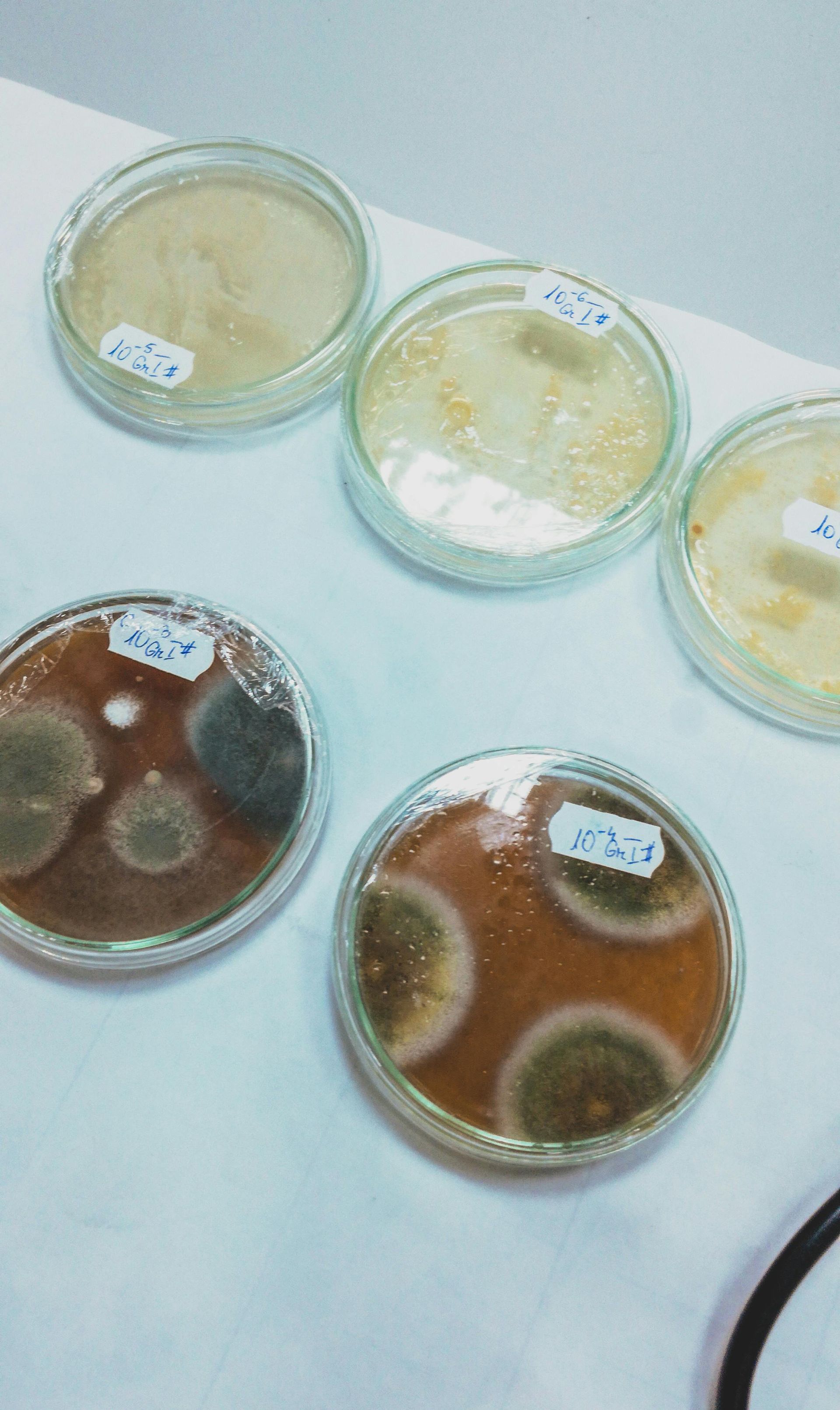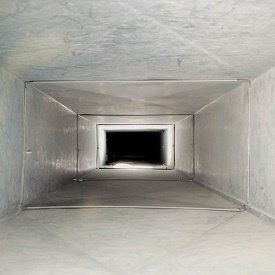Risks of Aspergillus Fumigatus
One of the most common variations of mold revealed by PowerBees through mold testing services in the Boston area is mold from the Aspergillus genus. Of these molds, aspergillus fumigatus is the species that causes the highest number of infections in humans. Humans who are regularly exposed to aspergillus fumigatus develop a hypersensitivity to it, so that even small degrees of contact can result in significant and uncomfortable allergic reactions.
What is Aspergillus Fumigatus?
Aspergillus fumigatus is most easily identified by the green or blue-green color of its surface, with a white or tan color for the fungus underneath. It grows on decomposing organic material and has a one of the widest range of temperature resilience, growing anywhere in the range of 68 degrees to 131 degrees Fahrenheit.
The most dangerous consequences of aspergillus fumigatus include the potential to develop asthma in both children and adults with high exposure risks, as unexpected asthma attacks without access to a prophylactic medication like albuterol can cause airways to close up which can lead to brain damage due to oxygen deprivation or even death. Aspergillus fumigatus can also cause significant toxic symptoms like aflatoxins, which have been linked to cancer and higher levels of blood HIV concentration in HIV positive individuals. Aspergillus can also cause infections called Aspergillosis in individuals with compromised immune systems, and these infections can cause dangerous consequences like lung damage and advanced sinusitis.
Preventing This Toxic Mold
Beware of potential mold on peanuts and quickly dispose of any organic material in your home before it has a chance to decay. The longer it remains in your home, the more chances the mold has to spread spores that can create a dangerous living environment for yourself and your family. If you are concerned about mold growth in your home, contact our professional mold removal and mold testing company to have a licensed and certified inspector perform mold inspection services to give you the peace of mind you are searching for.



















